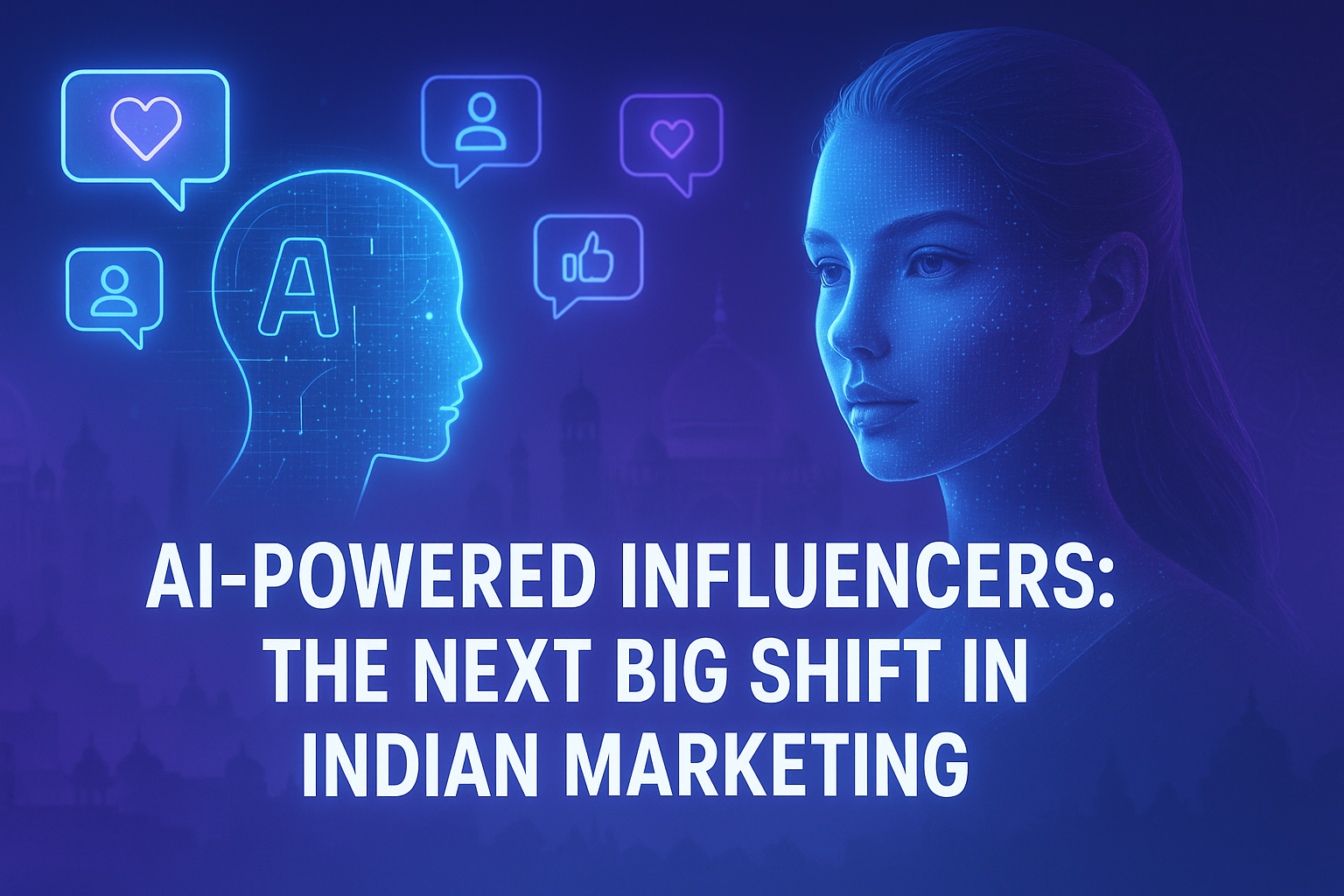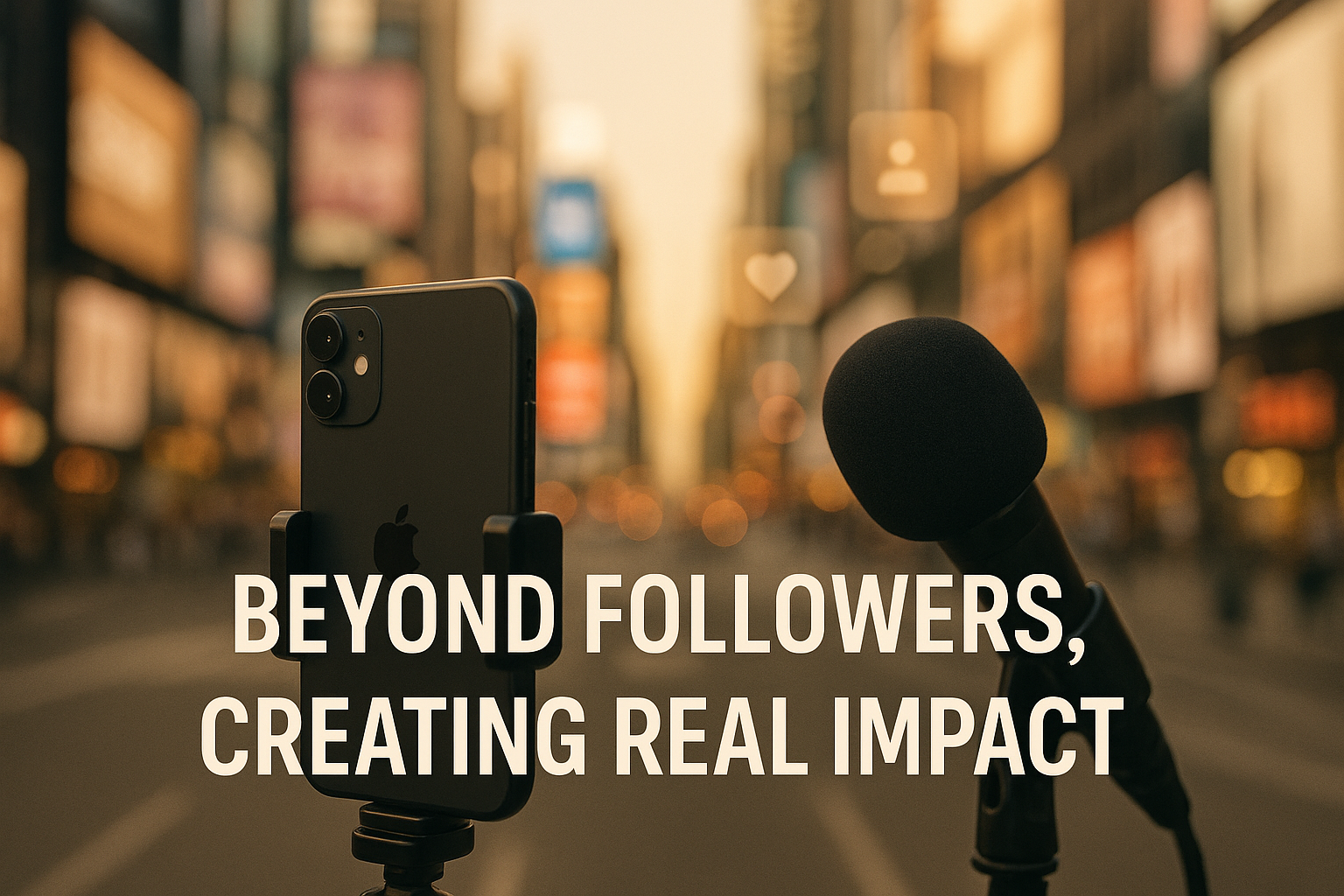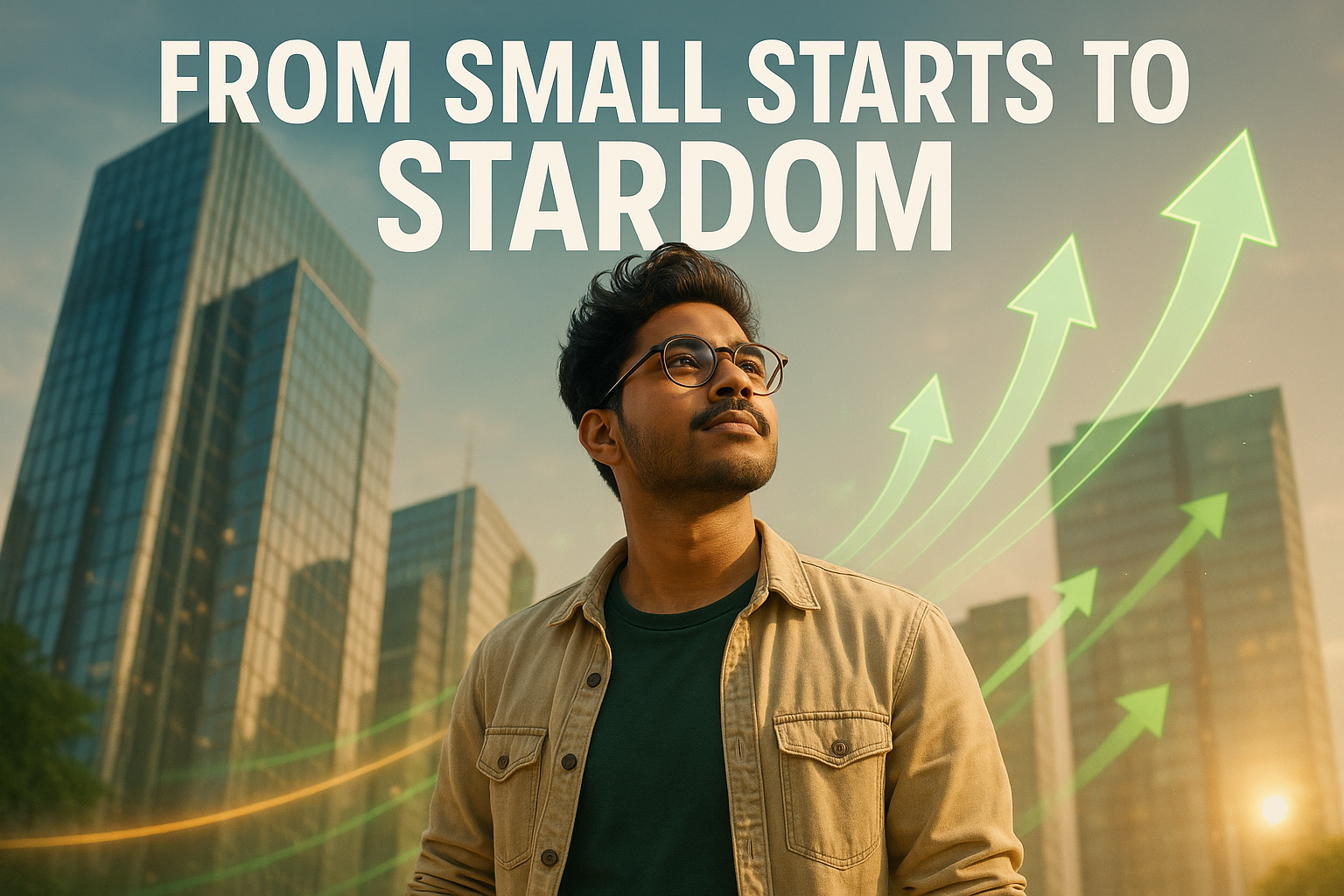Introduction
Not too long ago, brands in India were chasing the biggest names on Instagram, YouTube, and Twitter. The formula was simple: bigger follower count meant more influence. But things have changed. Today, marketers are realizing that quality beats quantity. Enter micro-influencers ordinary people with extraordinary influence in their niche communities.
So, why are brands suddenly obsessed with these smaller creators? Let’s break it down.
Who Are Micro-Influencers?
Micro-influencers are individuals with a follower count that usually ranges between 10,000 and 100,000. They’re not household names, but within their specific niches be it fashion, fitness, food, or real estate they carry trust and authenticity.
Think about it. Would you rather take restaurant recommendations from a Bollywood star or from that local food blogger who reviews every hidden gem in your city? Chances are, you’d trust the food blogger more. That’s exactly the power of micro-influencers.
Why Micro-Influencers Are Winning in India
1. Engagement Over Vanity Metrics
One of the biggest shifts is that brands no longer want just impressions they want interactions. Micro-influencers often enjoy engagement rates 2–3 times higher than macro influencers or celebrities.
Their audiences are genuinely interested in what they share, which makes every like, comment, or share far more valuable.
2. Authenticity Wins Trust
Audiences today can spot a paid promotion from a mile away. With celebrities, the endorsements sometimes feel scripted. But micro-influencers? They tend to keep it raw and real.
Whether it’s a YouTuber reviewing a skincare brand or an Instagrammer recommending a local café, the content feels more like a friend’s suggestion than a polished advertisement.
3. Budget-Friendly for Brands
Let’s be honest working with big influencers or celebrities can burn a hole in a brand’s pocket. Micro-influencers, on the other hand, are cost-effective. Brands can collaborate with multiple micro-influencers for the same budget they’d spend on one big name.
This way, they reach multiple niche communities while keeping costs in check.
4. Hyperlocal Targeting
India is a land of diversity. What works in Delhi may not click in Chennai. Micro-influencers often create region-specific or language-specific content, making them powerful tools for brands looking to tap into local audiences.
For example, a micro-influencer in Bangalore might help a brand build trust in South India much faster than a pan-India celebrity campaign.
5. Long-Term Relationships
Instead of one-off deals, brands are finding value in building long-term partnerships with micro-influencers. This consistency strengthens the bond between the influencer, their audience, and the brand. Over time, this relationship translates into stronger customer loyalty.
Industries in India Embracing Micro-Influencers
Fashion & Beauty
From small boutique brands to global cosmetics giants, fashion and beauty labels are tapping into micro-influencers. These creators often showcase products through authentic “try-ons” and reviews, which resonate with everyday buyers.
Food & Lifestyle
Food bloggers on Instagram and YouTube have become powerful voices for restaurant launches, packaged food brands, and delivery apps. Their honest takes feel far more relatable than polished TV commercials.
Real Estate
Yes, even real estate is seeing a surge of micro-influencer power. Buyers trust influencers who showcase projects, give real tours, and explain complicated investment terms in simple ways. Someone like Harpreet Singh, who balances trust with practical insights, is proving how impactful real estate influencers can be.
Fitness & Wellness
Micro-influencers in fitness aren’t just flaunting abs they’re showing relatable journeys. From sharing home workout routines to reviewing protein supplements, their audiences engage because they see themselves in these influencers.
Tech & Gadgets
In India, tech review micro-influencers are a huge hit. They might not have millions of followers, but their honest product breakdowns carry weight in buying decisions.
Case Study: The Power of Micro-Influencers in Action
Take the example of a skincare brand entering India. Instead of paying a Bollywood actress crores, they partnered with 200 micro-influencers across Instagram and YouTube. Each influencer reviewed the product honestly, in their own voice.
The result? Sales skyrocketed in Tier-2 and Tier-3 cities, areas where the celebrity campaign would’ve barely made a dent. This shows that when it comes to trust, micro-influencers are the real deal.
Challenges of Working with Micro-Influencers
Of course, it’s not all perfect. Some hurdles brands face include:
- Scalability: Managing hundreds of micro-influencers requires solid coordination.
- Verification: Fake followers and bots still exist, making it important to vet influencers carefully.
- Consistency: Not every micro-influencer is professional; timelines and quality can vary.
But with the right influencer marketing platforms and agencies, these challenges are manageable.
The Future of Micro-Influencers in India
The trajectory is clear: micro-influencers are not just a passing trend. They’re here to stay, and their influence will only grow stronger as more brands realize that real connections drive real conversions.
In fact, with the rise of AI-powered tools to track engagement and authenticity, micro-influencers will become an even more critical part of brand strategies in the coming years.
Conclusion
The rise of micro-influencers in India is a sign that the world of marketing is maturing. It’s no longer about who shouts the loudest it’s about who connects the deepest.
For brands, this means shifting focus from follower counts to community trust. For influencers, it means that even with a smaller audience, there’s immense power in authenticity.
At the end of the day, it’s simple: people buy from people they trust, and micro-influencers are proving to be the trusted voices of modern India.
FAQs
1. What defines a micro-influencer in India?
A micro-influencer usually has between 10,000 and 100,000 followers with high engagement and niche content.
2. Are micro-influencers more affordable than celebrities?
Yes, they are cost-effective and allow brands to collaborate with multiple influencers within the same budget.
3. Which industries benefit most from micro-influencers in India?
Fashion, beauty, food, fitness, tech, and even real estate are seeing massive gains from micro-influencer campaigns.
4. How do brands ensure micro-influencers are authentic?
Brands use influencer marketing platforms, engagement analytics, and manual vetting to spot fake followers and ensure genuine reach.
5. Will micro-influencers replace big celebrities?
Not entirely. Celebrities will still have their place for mass awareness, but micro-influencers are more effective for trust-driven, localized campaigns.







